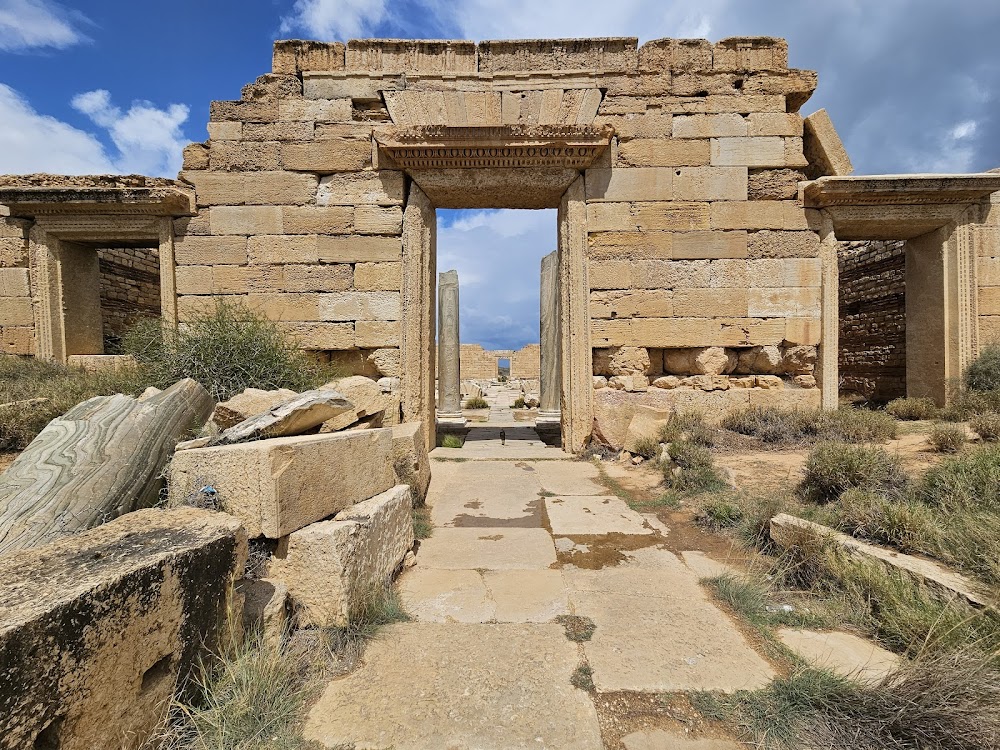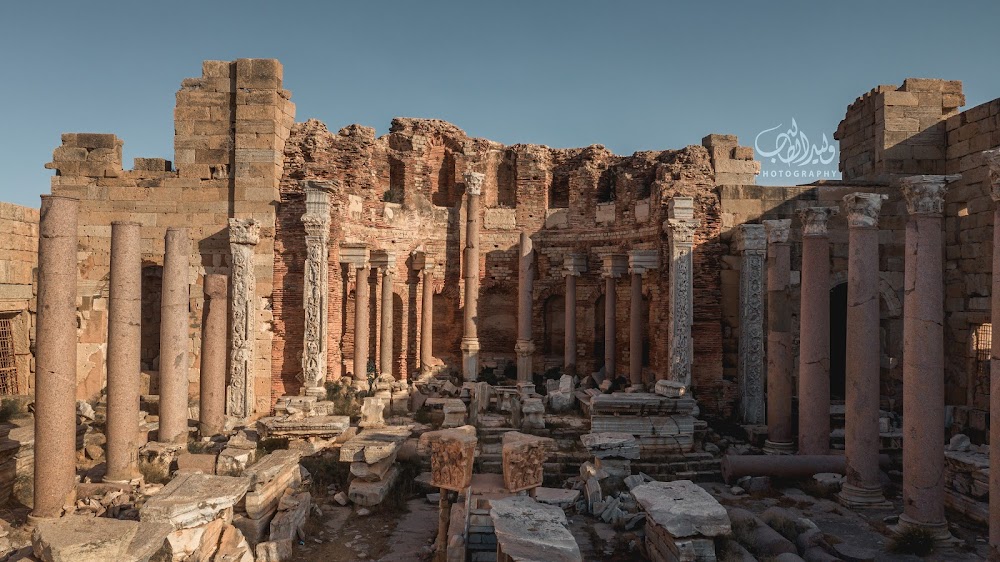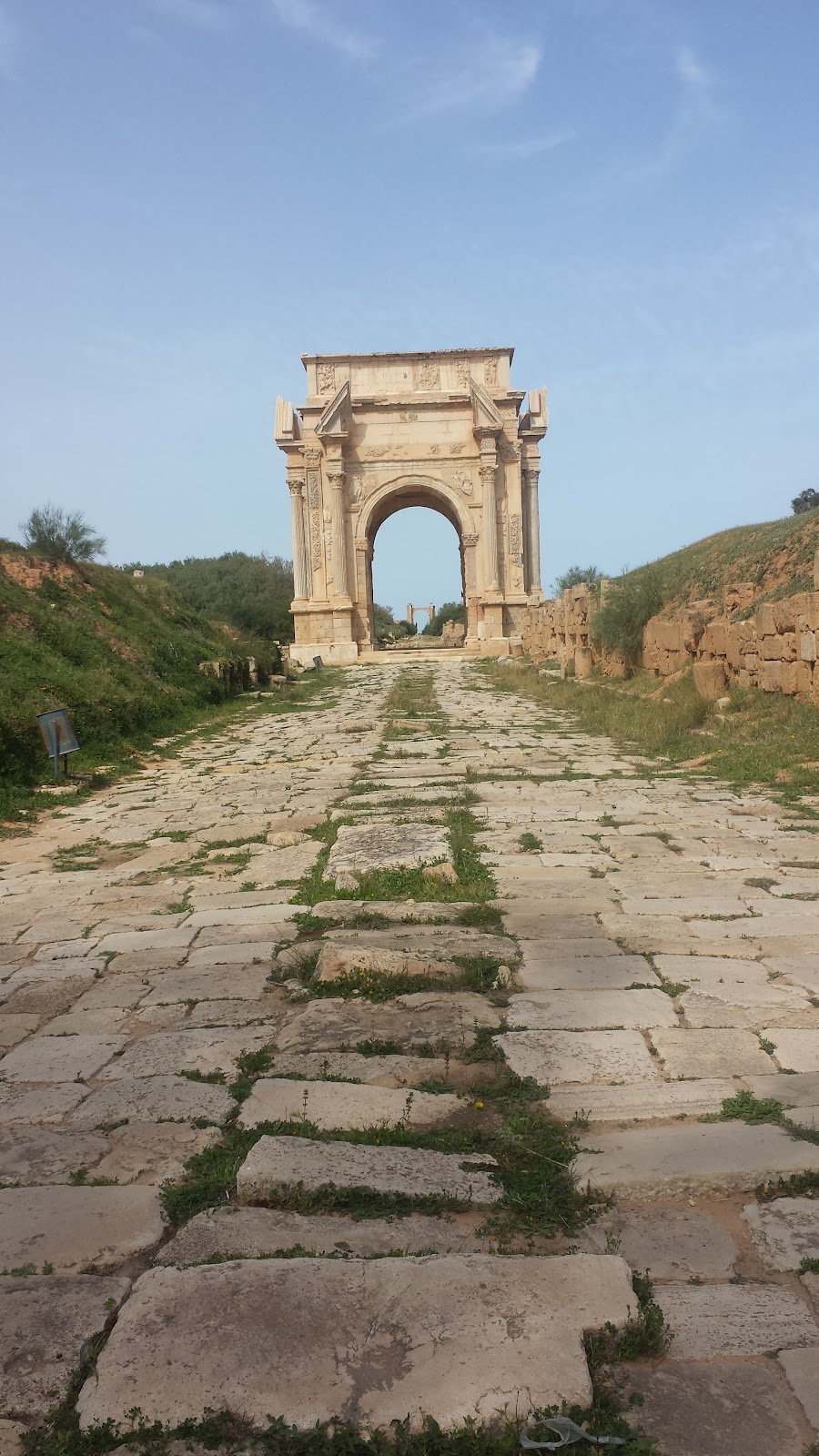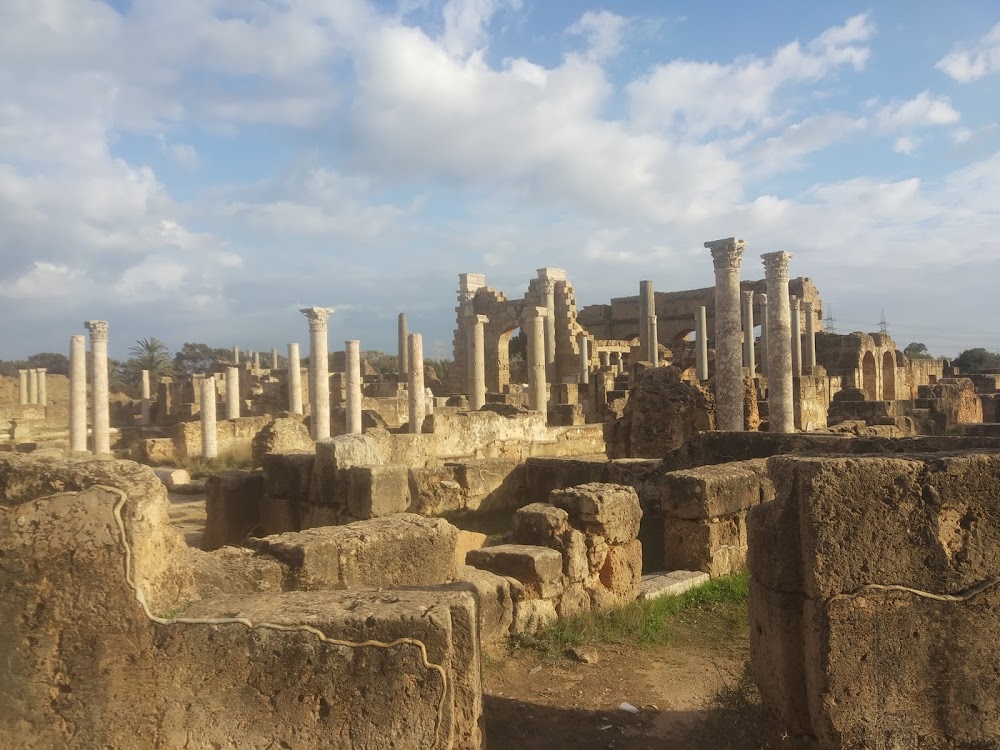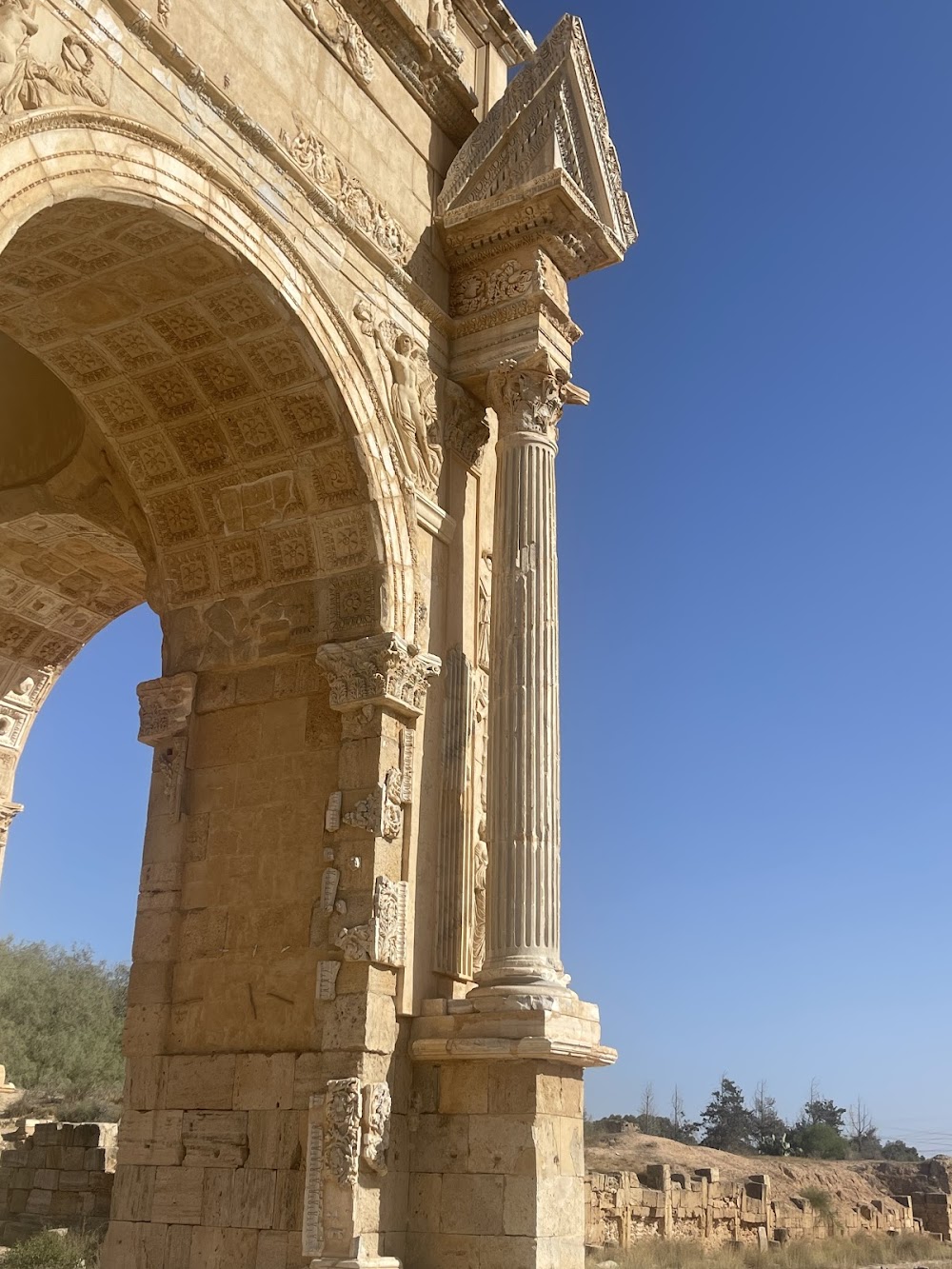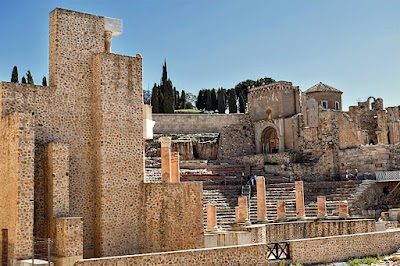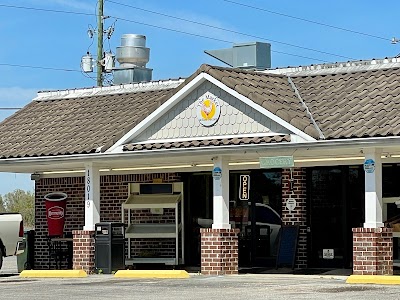Basilica of Leptis Magna (بازيليكا لبدة)
Overview
The Severan Basilica, nestled in the ancient city of Leptis Magna in Libya's Murqub district, is a stunning example of Roman architecture and engineering. Commissioned by Emperor Septimius Severus, a proud native of Leptis Magna, this grand structure was built during his reign from AD 193 to 211. The basilica served as a vital public building, playing a crucial role in judicial matters and administrative functions, making it a cornerstone of civic life in the ancient city.
Constructed predominantly from limestone and marble, the basilica is renowned for its impressive dimensions and intricate decorations. It features a spacious central hall flanked by two aisles, with massive columns sporting ornate Corinthian capitals that not only enhance the building’s grandeur but also provide essential structural support. The central nave rises significantly higher than the aisles, allowing clerestory windows to flood the interior with natural light, creating an inviting atmosphere for those who gathered within its walls.
The architectural highlights of the basilica are particularly striking at both ends. The eastern end boasts a semicircular apse, which served as the focal point for judicial proceedings. Elevated and accessible by steps, this apse commands attention and underscores its importance within the basilica. In contrast, the western end features a grand entrance, complete with an elaborate façade that showcases the pinnacle of Roman artistry.
Constructing the Severan Basilica was a monumental endeavor that required the expertise of skilled laborers, artisans, and engineers. While local materials formed the backbone of the structure, some exquisite marble elements were imported from various regions of the Roman Empire to enhance its magnificence. Masons meticulously cut and shaped the limestone blocks, while sculptors adorned the basilica with intricate marble decorations, including reliefs and statues depicting gods, emperors, and mythological scenes.
A standout feature of the basilica is its extensive use of polychrome marble, which infuses the interior with color and vibrancy. The floors are laid with geometric mosaics, showcasing intricate patterns crafted from small pieces of colored stone. Walls adorned with frescoes and marble panels depict scenes of Roman life and mythology, serving both decorative and symbolic functions that enrich the viewer's experience.
The design of the Severan Basilica reflects advanced Roman engineering techniques. The integration of arches and vaults allows for a more expansive and stable structure. The impressive roof of the central nave features a wooden truss system supported by towering columns, creating an open and airy ambiance. The clerestory windows not only illuminate the space but also enhance ventilation, ensuring comfort for those inside.
Over the centuries, the Severan Basilica has borne witness to numerous historical events and transformations in its usage. Following the decline of the Roman Empire, Leptis Magna fell into disrepair, leading to periods of neglect and damage for the basilica, much like other ancient structures. However, the rediscovery of Leptis Magna by European explorers in the 19th century sparked renewed interest in its preservation and study.
Today, the Severan Basilica stands as one of Libya's most significant archaeological sites. Conservation efforts have been undertaken to protect its ruins, allowing visitors to traverse its ancient halls and envision the grandeur that once filled the space. The basilica is a lasting testament to the architectural and cultural achievements of the Roman Empire, embodying its enduring legacy in the Mediterranean region.


